Introduction
Discovering that your beloved cat has been diagnosed with chronic kidney disease (CKD) can be a shocking and frightening experience, especially if you’ve shared years of companionship. You may feel overwhelmed, anxious, and even hopeless, particularly if your veterinarian has suggested that there’s little to do beyond monitoring and feeding an expensive renal diet like Hill’s k/d. However, this isn’t the full picture. With proactive management, including a focus on often-overlooked hydration, you can help your cat live a longer, healthier life. This guide is the first in a three-part series designed to support cat parents navigating a CKD diagnosis. Part I provides a comprehensive overview and practical steps, while Parts II and III will explore the critical roles of phosphorus and proteinuria in CKD management, offering deeper insights to help your cat thrive.
Defining Feline CKD and AKI
Chronic Kidney Disease (CKD)
Chronic Kidney Disease is a progressive condition where a cat’s kidneys gradually lose their ability to filter waste from the blood, regulate electrolytes, and maintain hydration. Over time, this leads to toxin buildup, causing symptoms such as increased thirst, frequent urination, weight loss, lethargy, and poor appetite. CKD is typically irreversible, but with proper management, its progression can be slowed, and quality of life can be maintained for years.
Acute Kidney Injury (AKI)
Acute Kidney Injury is a sudden onset of kidney damage, often triggered by toxins (e.g., antifreeze, lilies), infections (e.g., pyelonephritis), or urinary tract obstructions. Unlike CKD, AKI can sometimes be reversible if diagnosed and treated promptly. However, untreated AKI may progress to CKD, making early intervention critical.
Key Differences
| Aspect | CKD | AKI |
| Onset | Gradual, over months or years | Sudden, within hours or days |
| Reversibility | Irreversible, but manageable | Potentially reversible with treatment |
| Common Causes | Aging, genetics, chronic infections | Toxins, infections, obstructions |
| Symptoms | Subtle initially, then progressive | Rapid onset, severe |
Prevalence and Statistics
CKD is one of the most common diseases in older cats, with research indicating it affects:
- Up to 40% of cats over 10 years old.
- Up to 80% of cats over 15 years old.
The prevalence of CKD has increased in recent decades, likely due to improved diagnostics and longer feline lifespans. Certain breeds, such as Maine Coon, Abyssinian, Siamese, Burmese, and Russian Blue, may be at higher risk. Risk factors include thin body condition, periodontal disease, cystitis, dehydration, and being a neutered male.
AKI, while less common, carries a high mortality rate, with studies reporting up to 53% mortality in affected cats. Prompt diagnosis and aggressive treatment are essential to improve outcomes.
Average CKD Stage at Diagnosis
CKD is staged using the International Renal Interest Society (IRIS) system, based on blood creatinine levels and clinical signs:
| IRIS Stage | Creatinine (mg/dL) | Description | Average Survival |
| Stage 1 | <1.6 | No azotemia, no symptoms; rarely diagnosed | Not well-documented |
| Stage 2 | 1.6–2.8 | Mild azotemia, subtle symptoms | 2–3 years |
| Stage 3 | 2.9–5.0 | Moderate azotemia, multiple symptoms | ~679 days |
| Stage 4 | >5.0 | Severe azotemia, end-stage disease | ~35 days |
Most cats are diagnosed at Stage 2 or 3, when at least 66% of kidney function is lost, and symptoms like increased thirst, frequent urination, or weight loss become noticeable. Early diagnosis is challenging because symptoms and blood test abnormalities often appear only after significant damage. A newer test measuring symmetric dimethylarginine (SDMA) can detect CKD earlier, sometimes when only 40% of kidney function is lost, allowing for earlier intervention.
The Importance of Early Diagnosis
Early detection of CKD significantly improves prognosis. Regular veterinary check-ups, including blood work and urinalysis, are crucial, especially for cats over 7 years old. Symptoms like increased thirst, frequent urination, weight loss, decreased appetite, vomiting, or lethargy may indicate CKD, but these often appear late. A study found that 44% of cats aged 6–13 had evidence of CKD despite no obvious symptoms, underscoring the need for proactive monitoring.
The Role of Diet in CKD Development and Management
Excess Phosphorus as a Contributing Factor
Recent research suggests that diet plays a significant role in the development and progression of CKD. Specifically, excess dietary phosphorus can cause kidney damage in otherwise healthy cats, particularly when provided in highly bioavailable forms or when the calcium-to-phosphorus ratio is low. In cats with CKD, elevated phosphorus levels are a major factor in disease morbidity, contributing to complications like soft tissue mineralization and secondary hyperparathyroidism. A 1982 study showed that cats on phosphorus-restricted diets had less renal mineralization and fibrosis compared to those on normal diets.
Traditional Renal Diets
Veterinary therapeutic diets, such as Royal Canin Renal Support or Hill’s k/d, are formulated to be low in phosphorus and moderately low in protein to reduce kidney workload while preserving muscle mass. These diets can help slow CKD progression, with studies showing that cats on renal diets live up to twice as long as those on maintenance diets. However, these diets can be expensive, and many cats resist the transition due to taste or texture preferences. Additionally, the focus on restricting nutrients like phosphorus often overshadows another critical aspect of CKD management—hydration.
The Critical Role of Hydration
Cats with CKD have a reduced ability to concentrate urine, leading to increased thirst and urination. Without adequate hydration, toxins accumulate, exacerbating kidney stress and potentially causing complications like urinary tract infections, kidney stones, or high blood pressure. Research emphasizes that maintaining proper fluid balance is essential to slow CKD progression and improve quality of life. Unfortunately, many cats, especially those on dry food diets, do not drink enough water to meet their needs.
Revitalize Hydration
Bloom Bioscience’s Revitalize Hydration is a powder supplement added to drinking water, providing a balanced blend of electrolytes, including potassium, citrate, bicarbonate, MSM, and taurine, which:
- Support fluid-electrolyte balance.
- Promote healthy urinary pH.
- Enhance kidney function and overall health.
- Improve energy, coat health, and joint support.
Unlike regular tap water, which may lack essential minerals due to heavy filtration, Revitalize Hydration ensures your cat receives optimal hydration support. To use, mix one stick packet per liter of filtered or distilled water.
Limitations of Traditional Renal Diets
While renal diets like Hill’s k/d are commonly prescribed, they are not always the best option for every cat. These diets can be costly, and some cats refuse them due to palatability issues. Moreover, the heavy emphasis on dietary restrictions can overshadow the importance of hydration, which is equally critical for managing CKD. A comprehensive approach—combining appropriate nutrition with enhanced hydration—offers the best chance for improving your cat’s quality of life.
Bloom Bioscience’s Mission
Founded by pet lovers with expertise in bioengineering, Bloom Bioscience is dedicated to addressing the shortcomings in traditional CKD management. After developing a supplement for human kidney disease prevention, our founders created Revitalize Hydration to tackle the critical need for proper hydration in pets with CKD. Our science-backed, natural products aim to enhance pet health and longevity, ensuring cats like yours can live happier, healthier lives.
Practical Advice for Cat Parents
If your cat has just been diagnosed with CKD or AKI, here are actionable steps to take:
- Start Revitalize Hydration Immediately: Add Revitalize Hydration to your cat’s water to support hydration and kidney function. This is a simple, effective first step to help your cat feel better. Mix 1 packet in 1 Liter of purified water, then serve in cat dish or fountain. This should become your cat’s only water 24/7.
- Start Revitalize Health and Immunity capsules: This proprietary blend of 14 natural ingredients (Bloom Bioscience) repairs vascular damage, boosts immune and digestive health, and protects against oxidative stress, which is critical for cats with CKD or AKI. By repairing vascular damage and protecting organs from oxidative stress, it supports the body’s ability to manage underlying conditions / comorbidities such as upper respiratory infections and UTI’s which often coexist with CKD.
- Consult Your Veterinarian, Schedule Regular Check-Ups: Work with your veterinarian to schedule regular blood work, urinalysis, and blood pressure checks to monitor CKD progression and adjust treatment as necessary.
- Change to a Healthier Diet: Eliminate or reduce phosphate salts from your cat’s diet by reading labels and choosing foods free of phosphate salts, opting for those preserved with tocopherols instead. Select high-quality animal protein sources like chicken, turkey, lamb, rabbit, or fish, and ensure the food is balanced with healthy fats, a small amount of carbohydrates (such as rice or sweet potato), and essential vitamins and minerals. Reducing protein is not necessary for CKD cats.
- Monitor Your Cat’s Health: Watch for signs of dehydration (e.g., lethargy, dry skin, sticky gums) and changes in appetite, urination, or behavior. Report these to your vet promptly.
- Encourage Water Intake: Offer wet food, which has higher moisture content, and ensure fresh water with Revitalize Hydration is always available.
- CKD Research and Education Communities: Explore reputable resources like Tanya’s Comprehensive Guide to Feline Chronic Kidney Disease and Bloom Bioscience’s research page to gain insights from experts. These resources, along with online communities, can provide emotional support and practical tips.
Conclusion
A CKD diagnosis for your cat is undoubtedly challenging, but it’s not the end of the road. With proactive management, including a low-phosphorus diet, proper hydration with Revitalize Hydration, and regular veterinary care, your cat can enjoy a good quality of life for years. This guide is the first step in our three-part series on feline CKD. Stay tuned for Part II, which will dive into the impact of dietary phosphorus on CKD, and Part III, which will explore proteinuria and its management, offering deeper insights to support your cat’s health. By addressing the often-overlooked aspect of hydration and staying informed, you can help your feline friend thrive despite CKD. You’re not alone—reach out to your veterinarian and supportive communities to navigate this journey with confidence.
Key Citations
- Chronic Kidney Disease | Cornell University College of Veterinary Medicine
- Kidney Failure in Cats: Symptoms, Stages and Causes | PetMD
- Maintaining Hydration in Cats With CKD | Purina Institute
- Chronic Kidney Disease in Cats | VCA Canada Animal Hospitals
- Nutrition for Cats with Chronic Kidney Disease | VCA Animal Hospitals
- Dietary phosphorus and renal disease in cats | PubMed
- The role of phosphorus in feline chronic renal disease (Proceedings)
- Feline CKD: Diagnosis, staging and screening – what is recommended?
- Acute kidney injury in cats and dogs: A proportional meta-analysis
- Dobenecker, B., Webel, A., Reese, S., & Kienzle, E. (2017). Effect of a high phosphorus diet on indicators of renal health in cats. Journal of Feline Medicine and Surgery, 20(4), 339–343. https://journals.sagepub.com/doi/10.1177/1098612X16675300
- Laflamme, D. P., Backus, R. C., Brown, S. A., & Polzin, D. J. (2020). Management of feline chronic kidney disease: Nutritional and dietary strategies. Journal of Veterinary Internal Medicine, 34(6), 2287–2296. https://onlinelibrary.wiley.com/doi/10.1111/jvim.15961
- Sparkes, A. H., Caney, S., Chalhoub, S., Elliott, J., Finch, N., Gajanayake, I., … & Quimby, J. (2016). ISFM consensus guidelines on the diagnosis and management of feline chronic kidney disease. Journal of Feline Medicine and Surgery, 18(3), 219–239. https://journals.sagepub.com/doi/10.1177/1098612X15581100



